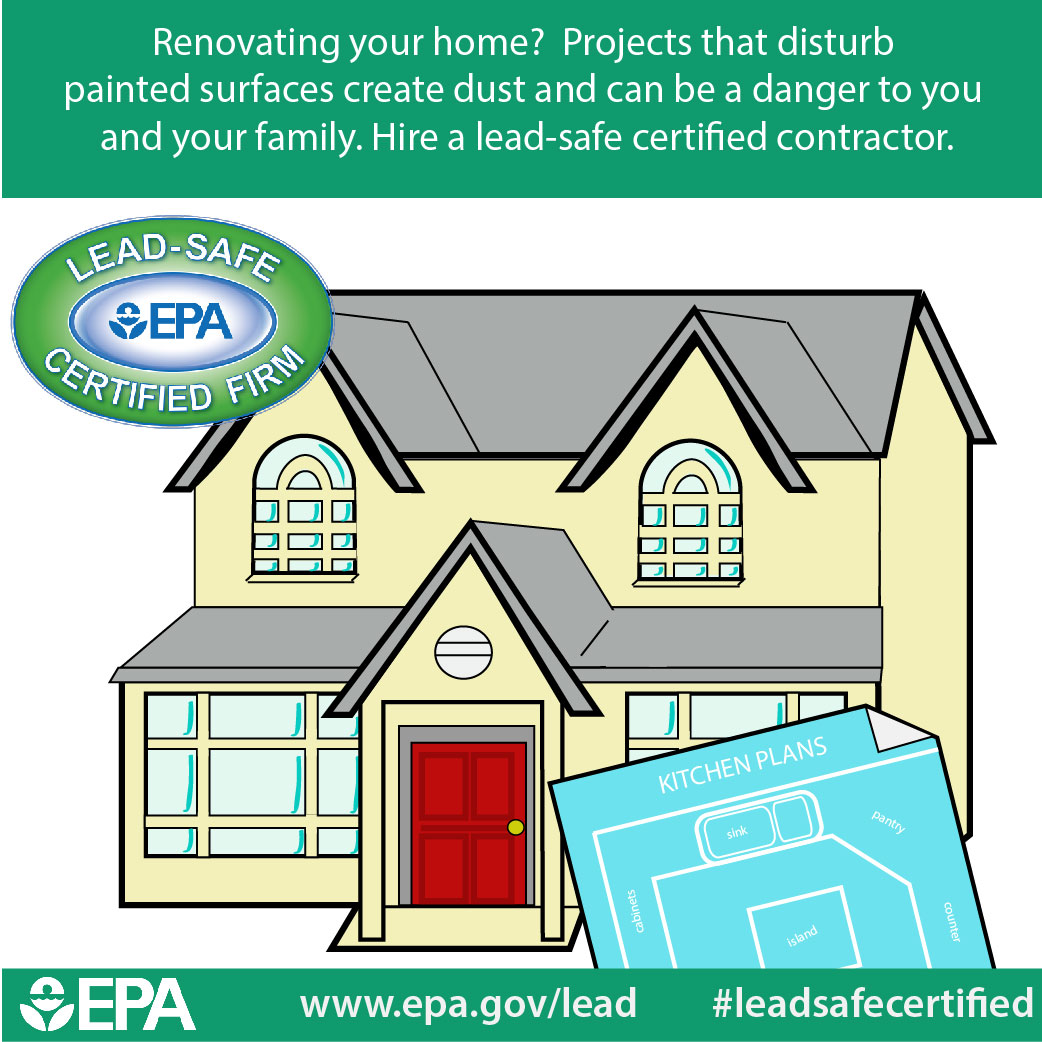Obtain Your Walls Ready For Painting By Following Necessary Suggestions And Techniques That Make Sure A Perfect Surface-- Discover The Crucial Steps To Improve Your Job
Obtain Your Walls Ready For Painting By Following Necessary Suggestions And Techniques That Make Sure A Perfect Surface-- Discover The Crucial Steps To Improve Your Job
Blog Article
Author-Binderup Kearns
When you're prepping your wall surfaces for painting, it's critical to follow a systematic procedure to ensure a perfect surface. Beginning by analyzing the wall for any kind of damage; this step can make or break your job. When you have actually identified any kind of problems, cleansing the surface appropriately is essential, as an unclean wall surface can influence paint attachment. Afterwards, you'll require to spot any type of imperfections and apply a primer. However there specify methods and tips that can raise your preparation game-- let's discover those further to attain the best results.
Assessing Wall Problem
Prior to you grab your paintbrush, take a moment to examine your wall surfaces' condition. Check for any kind of noticeable damages like fractures, openings, or peeling paint. These flaws can impact exactly how the paint adheres and looks once it's completely dry. If you notice any type of substantial damage, you'll need to prioritize repairs before diving into painting.
Look closely at the appearance of your wall surfaces. Is the surface smooth, or exists appearance that might need special consideration? Smooth walls usually require much less prep, while distinctive surfaces might require more time to paint equally.
Also, consider the previous paint task. If the old paint is shiny, it mightn't allow new paint to stick effectively. You'll wish to know if your wall surfaces have actually been painted with oil-based or water-based paint, as this can impact your choice of primer or paint.
Finally, bear in mind of any kind of wetness issues. If you see indications of water damage or mold and mildew, address these troubles instantly to avoid more complications.
Cleansing the Surface area
Once you have actually evaluated the problem of your wall surfaces, the following action is cleaning up the surface. Begin by collecting your products: a pail, warm water, a mild cleaning agent, a sponge or fabric, and a scrub brush for harder places.
Begin on top corner of the wall surface and function your way down. find out here now with warm water in your container, then dip the sponge or fabric into the option. Wring it bent on stay clear of too much moisture on the walls.
As you cleanse, pay attention to areas that may've built up dust, oil, or finger prints. For stubborn discolorations, make use of the scrub brush carefully to stay clear of damaging the paint underneath. Rinse your sponge or cloth often in tidy water to prevent spreading out dirt around.
After cleansing, it's vital to clean the walls with a moist fabric to get rid of any kind of soap residue. https://patch.com/washington/seattle/washington-homeowners-exterior-house-painting-tips makes certain a smooth surface area for the new paint to abide by.
Enable the wall surfaces to completely dry entirely before moving on to the following prep work steps. This extensive cleaning procedure will aid create a fresh canvas for your paint job, guaranteeing the most effective outcomes.
Patching and Priming
Patching and priming are crucial steps in preparing your wall surfaces for a fresh layer of paint. First, check your walls for any kind of holes, splits, or blemishes. Make use of a high-grade spackling compound or patching paste to load these areas.
Apply the compound with a putty knife, smoothing it out so it's flush with the bordering surface. Allow it to completely dry totally, and then sand it lightly till it's smooth and also.
As soon as you have actually covered everything, it's time to prime. Guide helps seal the covered locations, ensuring the paint adheres effectively and offers a consistent finish. Select a guide suitable for your wall surface kind and the paint you'll be using.
Apply the guide using a roller for bigger locations and a brush for corners and edges. If your patched locations are considerably huge or permeable, you might want to apply a 2nd layer of primer after the first one dries out.
After priming, let everything dry extensively prior to going on to painting. This preparation won't just boost the appearance of your walls yet also extend the life of your paint work.
Take your time, and you'll be pleased with the results.
Final thought
By following these straightforward steps, you can attain a smooth and expert finish on your walls. Start by assessing their condition, after that tidy and patch any kind of flaws before applying guide. Remember to allow ample drying out time and make certain everything is smooth before you dive into painting. With the right prep work, you'll set the stage for a gorgeous transformation in your area. Currently, collect your supplies, take in the fresh air, and prepare yourself to paint!
